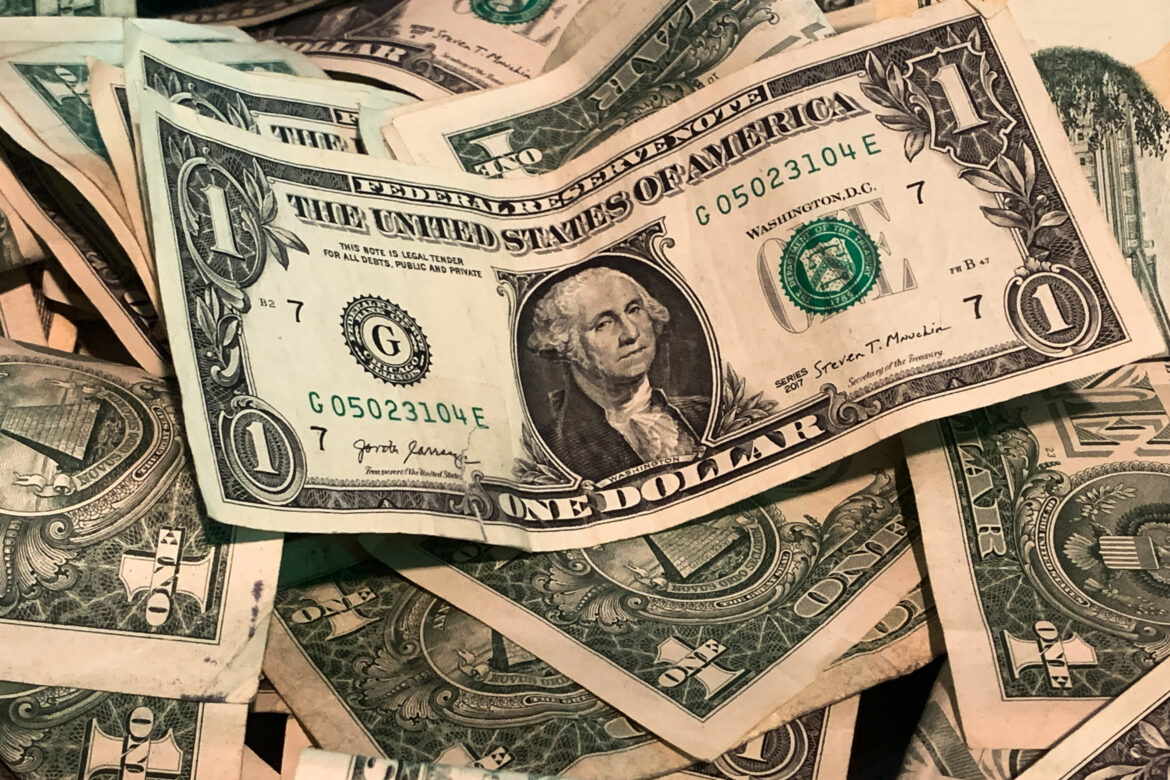US Dollar (USD)
The US dollar is the official currency of the United States and its territories. It is also widely used in international transactions and as a reserve currency by other countries. The US dollar has been part of the world economy since 1792, when it was adopted as the official currency for all federal government transactions.
History of USD
The US dollar was first issued on April 2, 1792, when Congress authorized creation of a national monetary system with an independent Treasury Department to manage it. At that time, each state printed its own currencies, so having a single centralized form of money made economic sense for America’s new republic. In 1857, coins were added to the mix; prior to that only paper notes had been available. Since then there have been several changes in design—most recently in 2020—but otherwise this one-dollar bill remains largely unchanged from its original version over two centuries ago!
Value & Exchange Rate
The value of the US dollar is determined by many factors such as inflation rates, interest rates set by central banks like the Federal Reserve Bank (the Fed), and global trade relations among nations using different currencies. Its exchange rate fluctuates daily based on supply and demand forces within global markets. Generally speaking, those who hold dollars can expect their money to retain its purchasing power over time due to these inherent characteristics which serve as stabilizing influences for American consumers looking for goods or services abroad or at home domestically .
Usage & Popularity
Today around 80% of all foreign exchange transactions are done in U.S dollars making it one of most popularly exchanged currencies today – even more than euros! The greenback is accepted across much wider geographic area than any other currency given how widespread use has become globally – particularly within banking networks where USD serves as primary reserve asset held against liabilities incurred during regular operations between participating financial institutions worldwide . This further strengthens liquidity confidence driving up overall demand thus keeping prices relatively stable compared to peers like British pound sterling (GBP).


